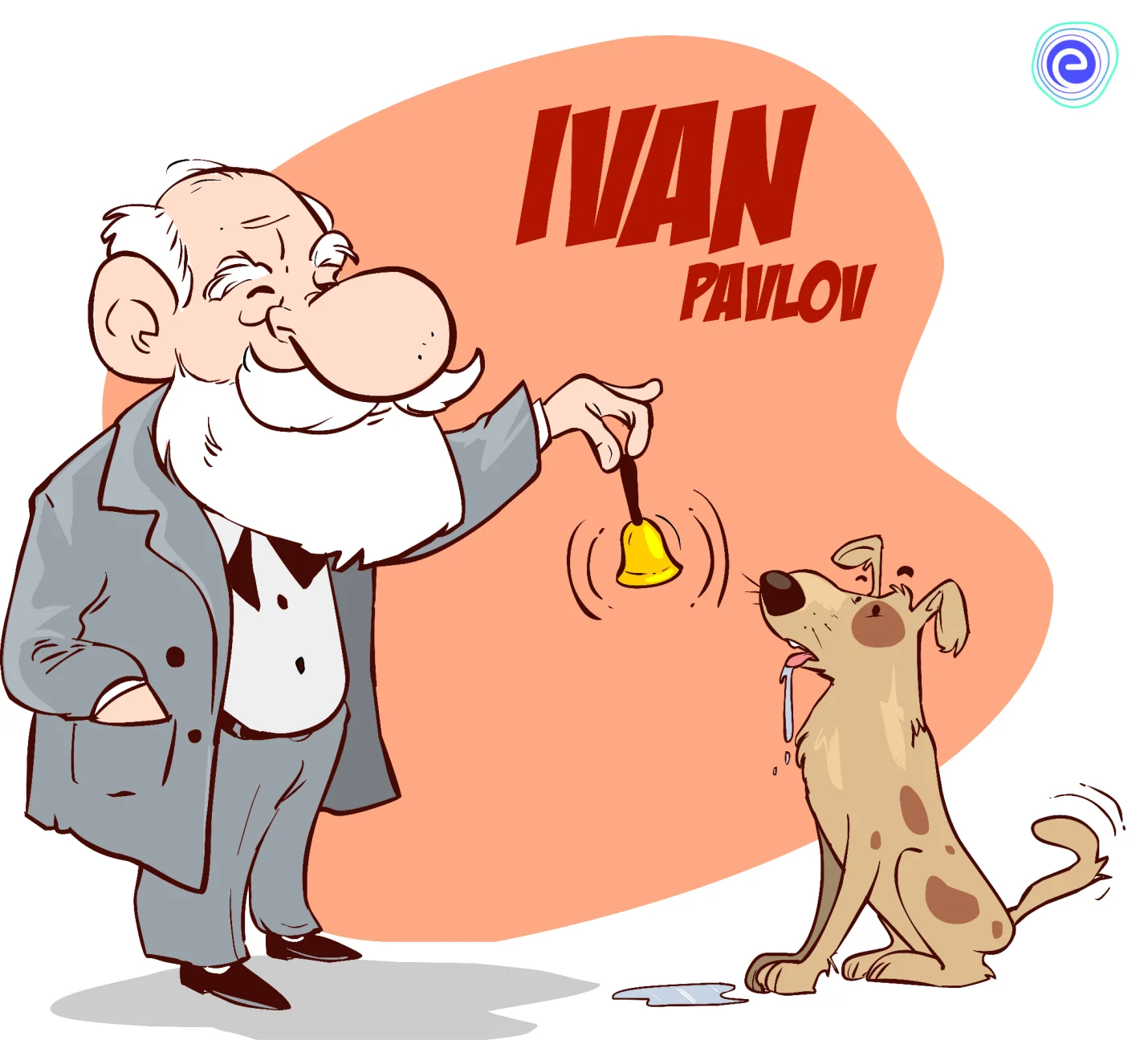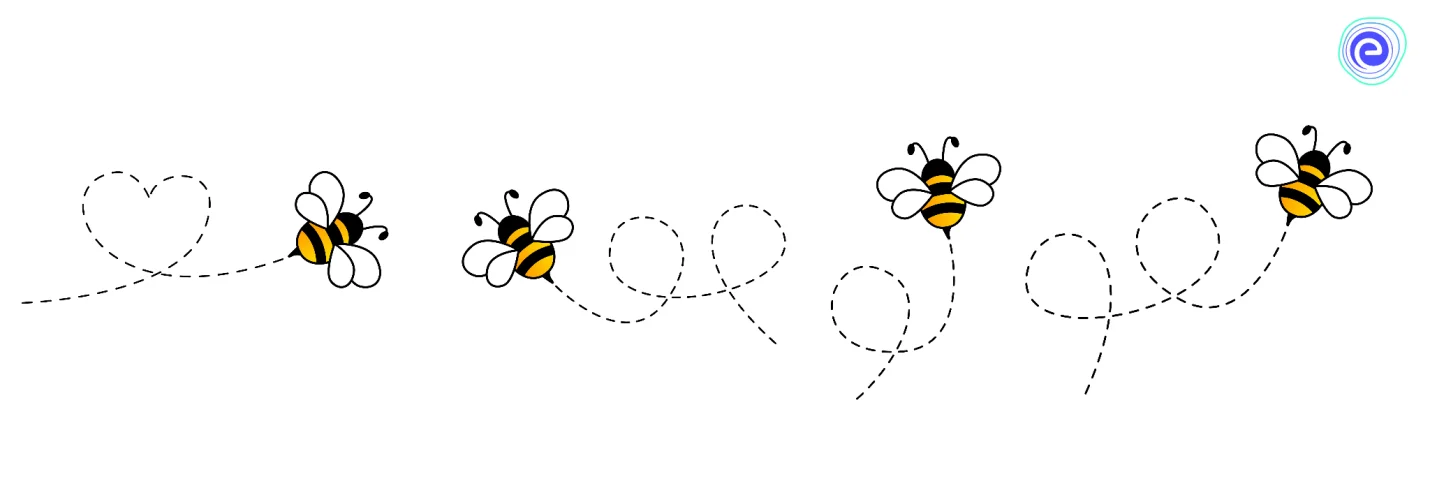- Written By
aparna
- Last Modified 23-12-2024
What is Animal Behaviour? – Definition, Types, Facts
Animal Behaviour: Human curiosity about animal behaviour is thought to date back millions of years, possibly even before the species’ forebears became human in the modern sense. Animals were presumably first watched for practical reasons, as early human survival relied on understanding animal behaviour. Success needed a deep understanding of an animal’s habits, whether hunting wild game, managing domesticated animals, or evading an attacking predator. Even today, knowledge of animal behaviour is essential.
Animal Behaviour
Animal behaviour, or Ethology, is the study of how animals move around in their environment, engage socially, learn about their surroundings, and develop cognitive awareness of their surroundings. Niko Tinbergen, a Nobel Laureate, devised four guiding questions for studying human behaviour. He claimed that conduct should be studied in terms of its origins, mechanisms, adaptive value, and evolution. In this blog, we show you how these questions form the foundation for modern animal behaviour research.
The four questions are:
- Function (or adaption): Why is the animal performing the behaviour?
Such questions are usually targeted towards understanding environmental and or evolutionary factors that can influence why a certain behaviour gets performed by the animal
- Evolution (or phylogeny): How did the behaviour evolve?
Such questions are targeted towards understanding what factors in the past led to such a behaviour arising in the first place. We usually can compare related species of animals, and see where the behaviour is present or absent. Based on the information we have about such animals, we can form a hypothesis about the evolution of such a behaviour
- Causation (or mechanism): What causes the behaviour to be performed?
Here we ask, what makes the behaviour persist? Is it environmental factors like climate, or food availability? Or is it factors like risk of infection or predators?
- Development (or ontogeny): How has the behaviour developed during the lifetime of the individual?
Is this behaviour persistent both in the juvenile or adult stages? Or is it contained to one stage or the other
Asking all these questions helps us understand animal behaviour. Let us learn some more information about it in this blog.
Details about Animal Behaviour
Animal Behaviour is the scientific study of how animals interact with each other. Animal behaviour also considers how animals interact with their surroundings and other organisms. Animals exhibit many behaviours, which may be linked to their physiology or anatomy. In most cases, animals respond differently to stimuli from exterior and internal sources.
Finding food, defending themselves, avoiding predators, selecting partners, reproduction, and so on are all instances of animal behaviour.
As with any scientific discipline, the field of animal behaviour is further categorised into 4 distinct categories for ease of study. These categories are instinct, imprinting, conditioning, and imitation.
Instinct: Instinctive behaviour is another name for innate behaviour. The ability of an animal to do a specific behaviour in response to a given stimulus the first time it is exposed to the stimulus is known as instinct. To put it another way, instinctual conduct does not require learning or practice.
Imprinting: In ethology, imprinting is a type of learning in which a young animal focuses on the first object with which it has visual, auditory, or tactile contact and then pursues that object.
Conditioning: Operant conditioning (also called instrumental conditioning) is a type of associative learning process through which the strength of a behaviour is modified by reinforcement or punishment. This is sometimes also called learning. An extension of this is the famous classical conditioning experiment done by Ivan Pavlov. Ivan Pavlov was the first to study classical conditioning in-depth, conducting experiments on dogs and publishing his findings in 1897. Pavlov observed that the dogs serving as his subjects drooled when they were offered meat during his digesting study. When paired with a sound like a bell, the dogs over time started drooling just with the sound of the bell due to conditioning.
Imitation: Ethologists, i.e., scientists who study ethology or animal behaviour define imitation in animals by the learning of certain behaviours from conspecifics like the animal’s parents, or siblings. An example of imitation is waggle dance in bees.
Investigation of Animal Behaviour
Behaviour can be studied both in the field and in the laboratory. It can be watched and measured, and tests to see how its works are created. Animal behaviour is typically studied in both controlled and natural settings. Most notable examples of animals that are used to study behaviour are rodents such as rats and mice, fishes like zebrafish, and apes. Animal behaviour can also be coupled with the study of neurons and brain, i.e., neurobiology, to investigate the way animal behaviour is coded in the brain. Thus, such studies can give us a huge insight into both animal behaviour and human behaviour.
Human Behaviour
Human behaviour is extremely similar to that of an animal, but because humans are cognitive and can regulate their behaviour, researching it becomes more difficult. Furthermore, people are self-aware. Thus, any number of factors can have an impact on human behaviour. This makes studies on human behaviour a lot more nuanced and ethically challenging.
FAQs on Animal Behaviour
Students might be having many questions regarding this topic. Here are a few commonly asked questions and answers.
Q.1. What is Ethology?
Ans: Ethology is the scientific and objective study of animal behaviour and a sub-topic of zoology. The focus of Ethology is on animal behaviour under natural conditions.
Q.2. If a mouse is given a mild shock in a certain part of its cage, it stops going there. This is because of (a) Imitation (b) Conditioning (c) Instinct (d) Imprinting?
Ans: Conditioning
Q.3. What are the 4 core questions behind animal behaviour?
Ans: The 4 questions are function, evolution, causation and development.
Q.4. Who was the first scientist to discover the process of conditioning?
Ans: Ivan Pavlov, who was a Russian scientist first investigated conditioning. He discovered that dogs produced extra saliva when they were offered food.
Q.5. Who is considered the father of the field of animal behaviour?
Ans: Niko Tinbergen, a Nobel Laureate, is considered the father of the field of animal behaviour.
We hope this information has been helpful. If you have any doubts, comment in the section below, and we will get back to you.











































